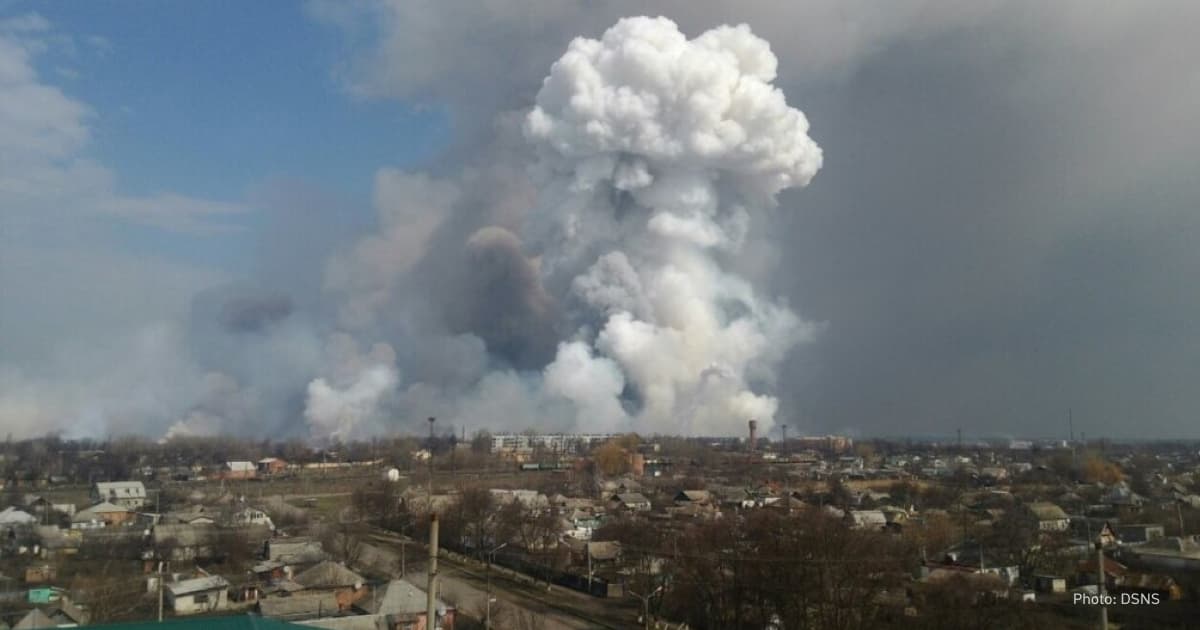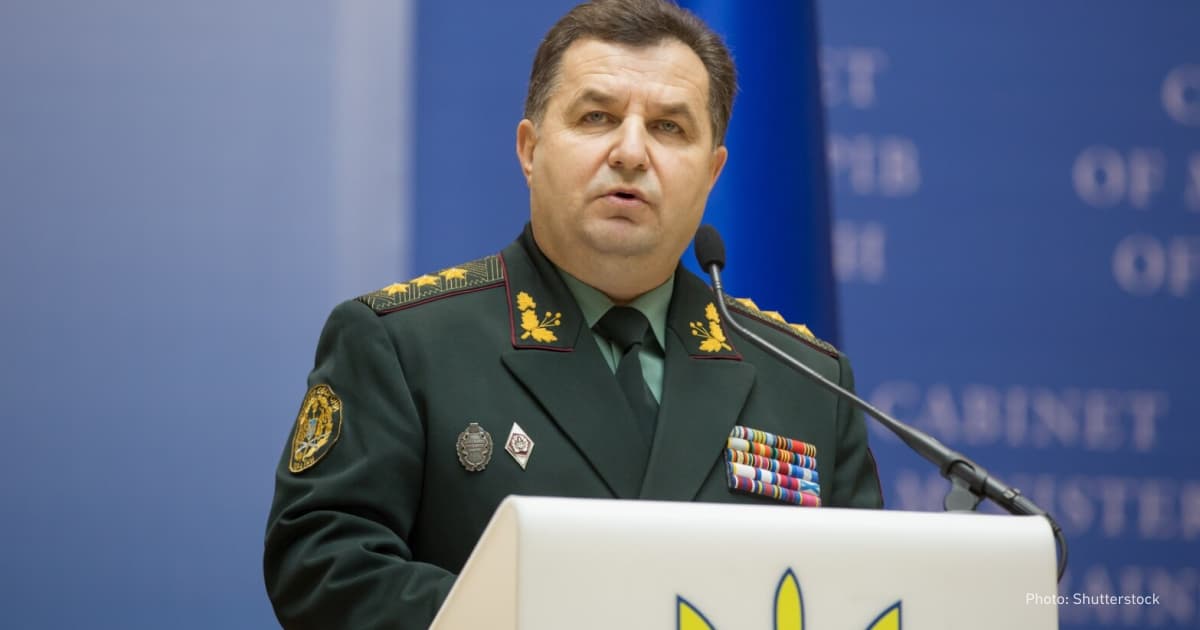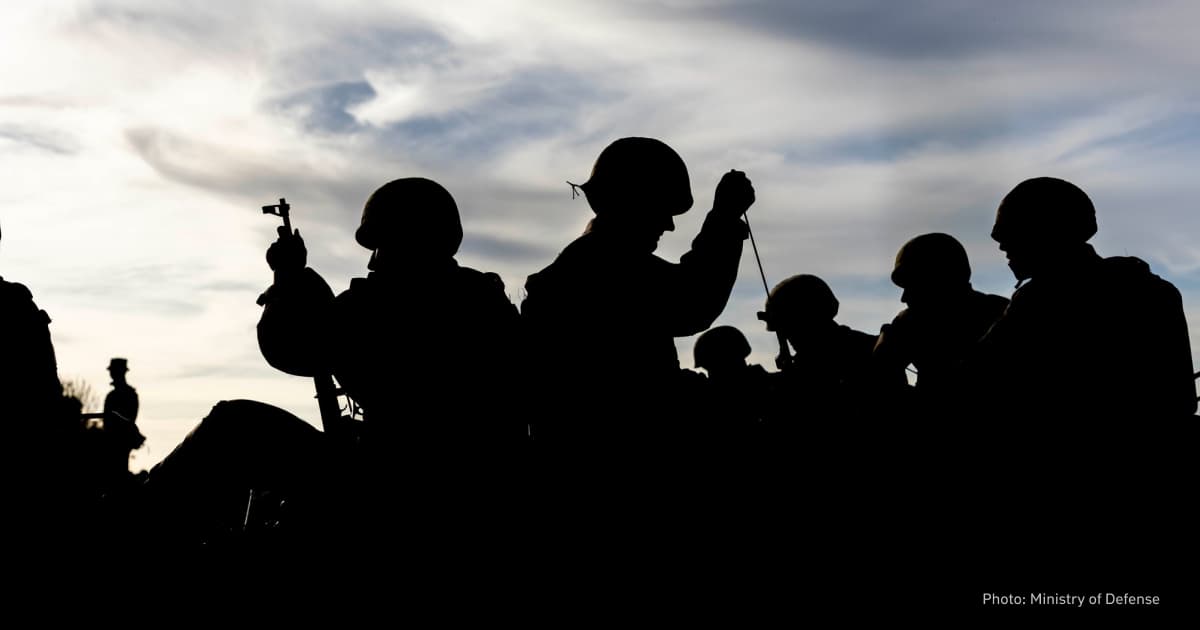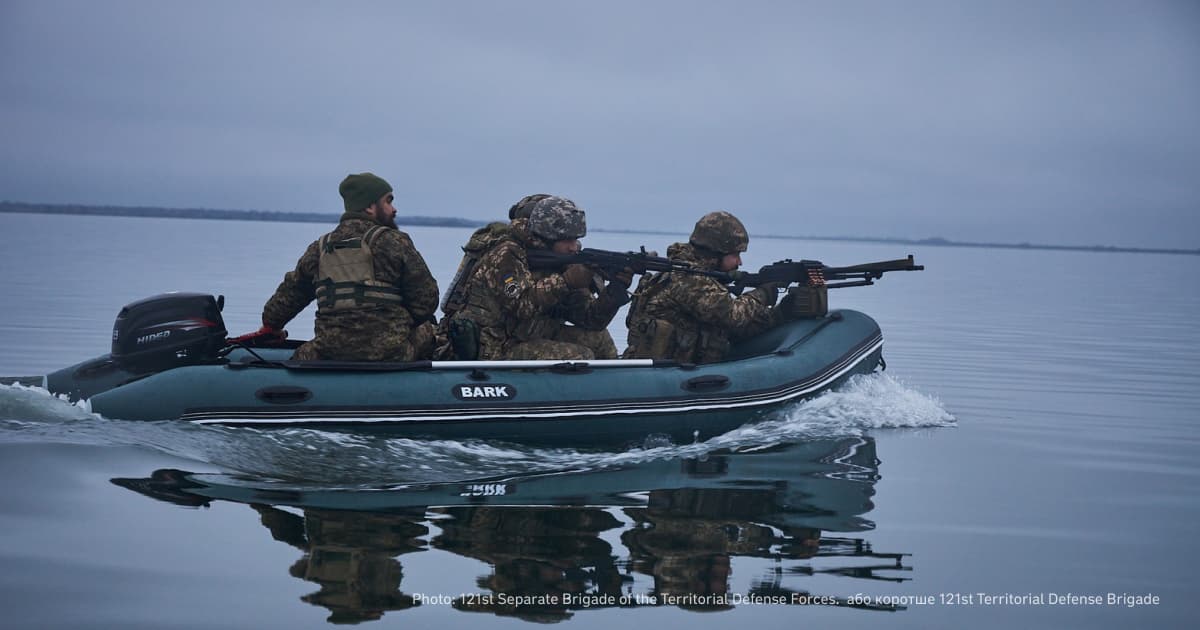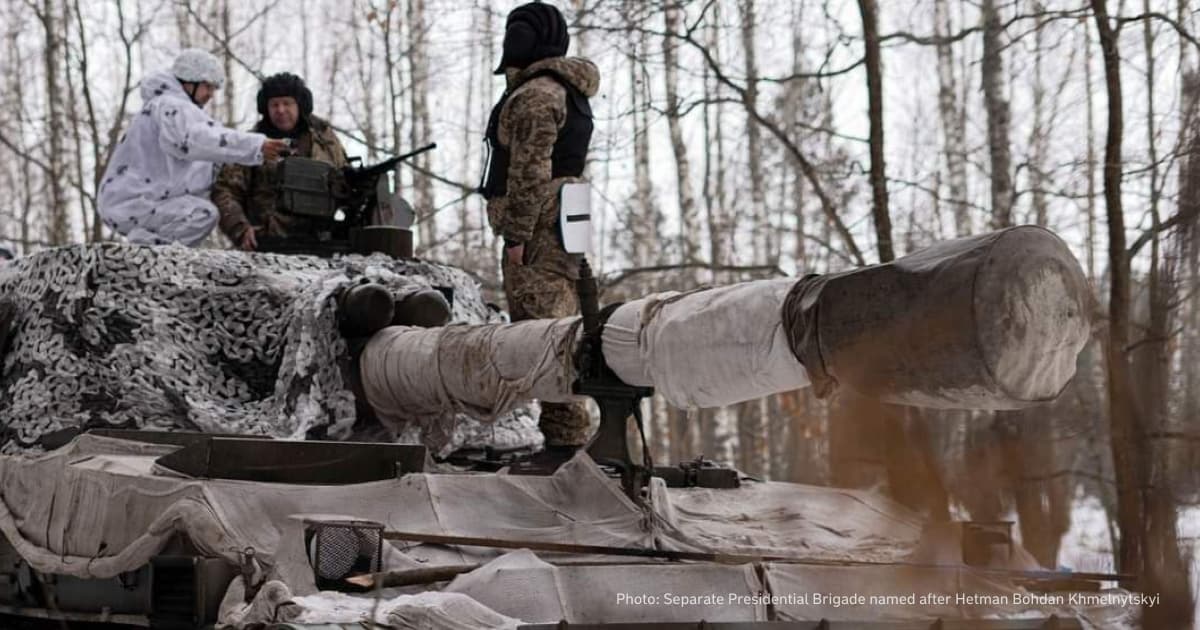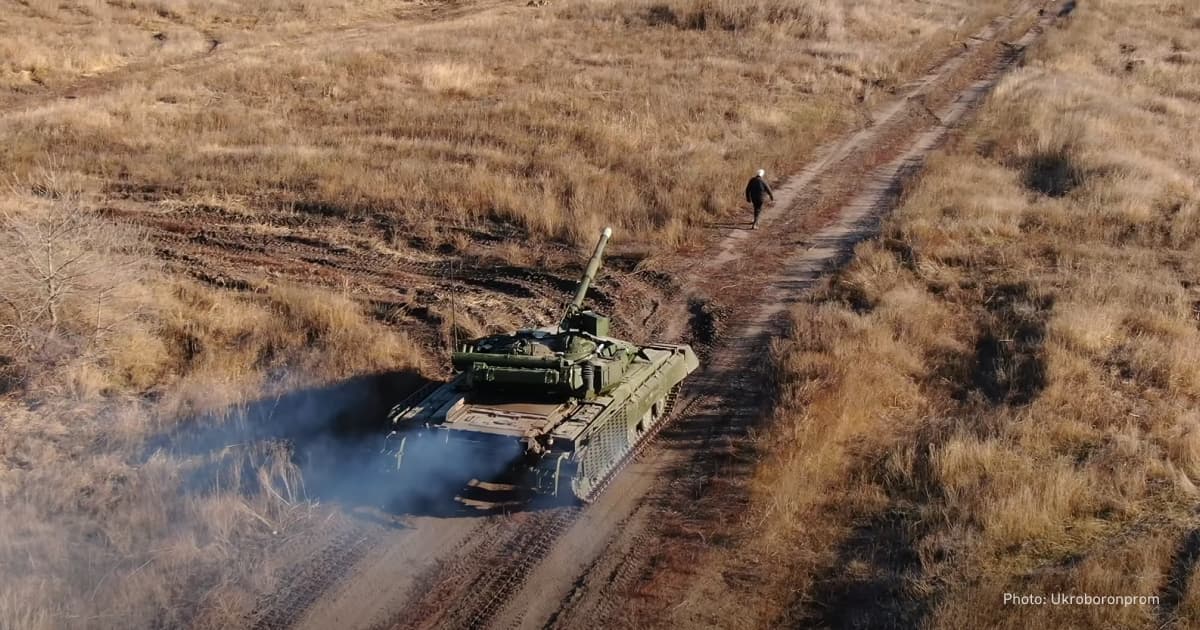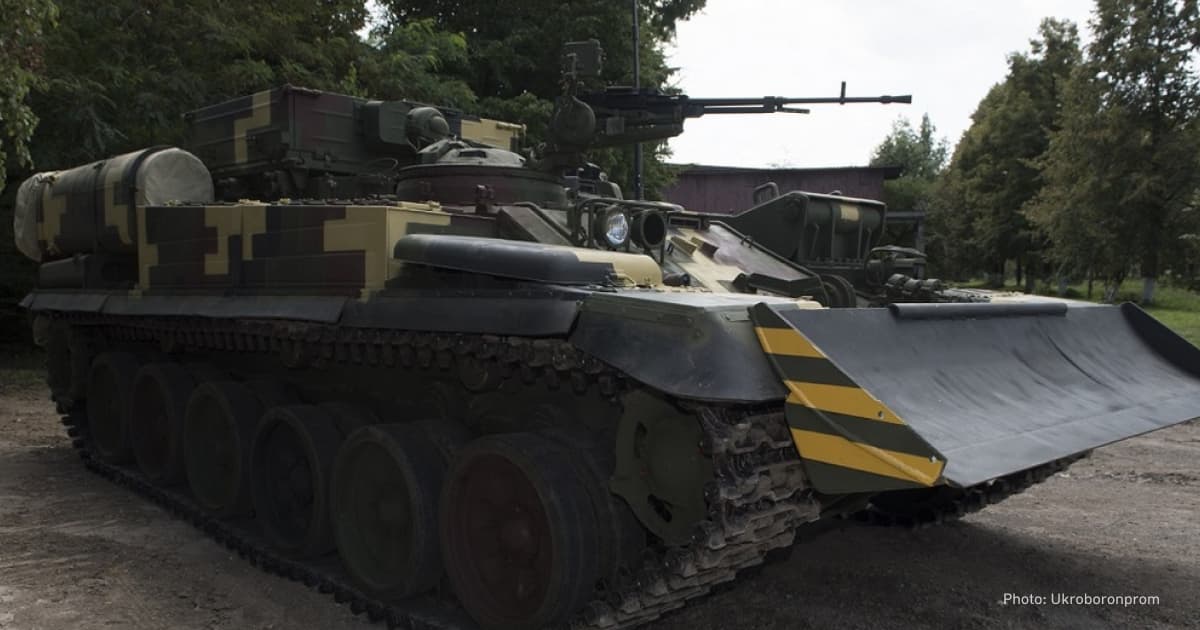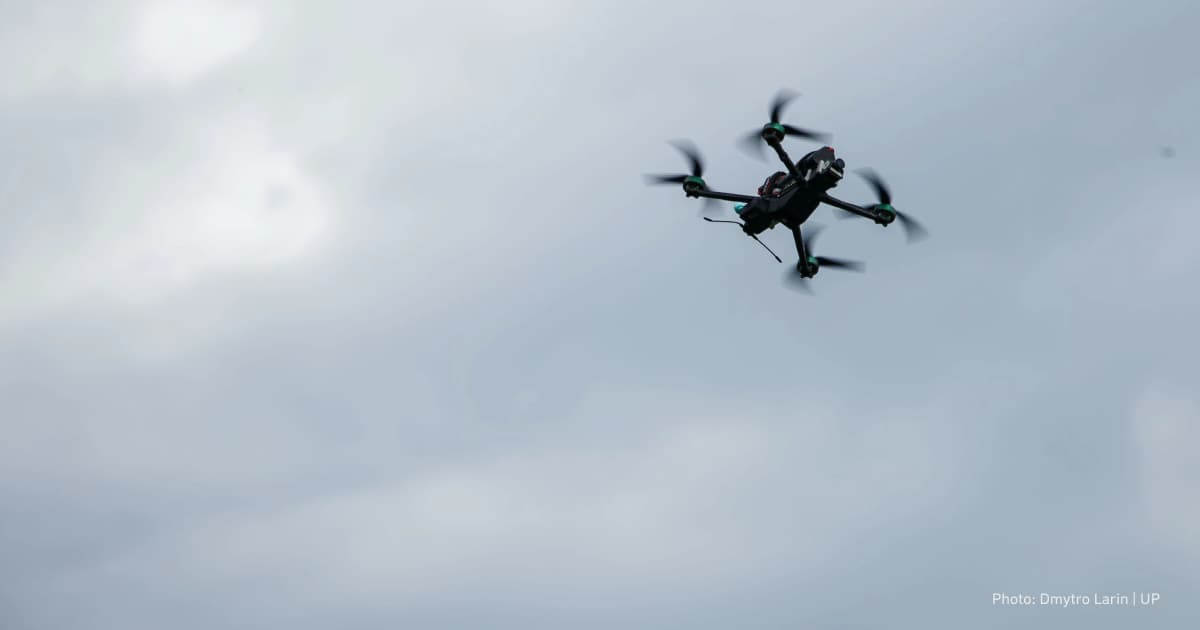Military take-off. How the Ukrainian army has changed since the restoration of Ukrainian independence
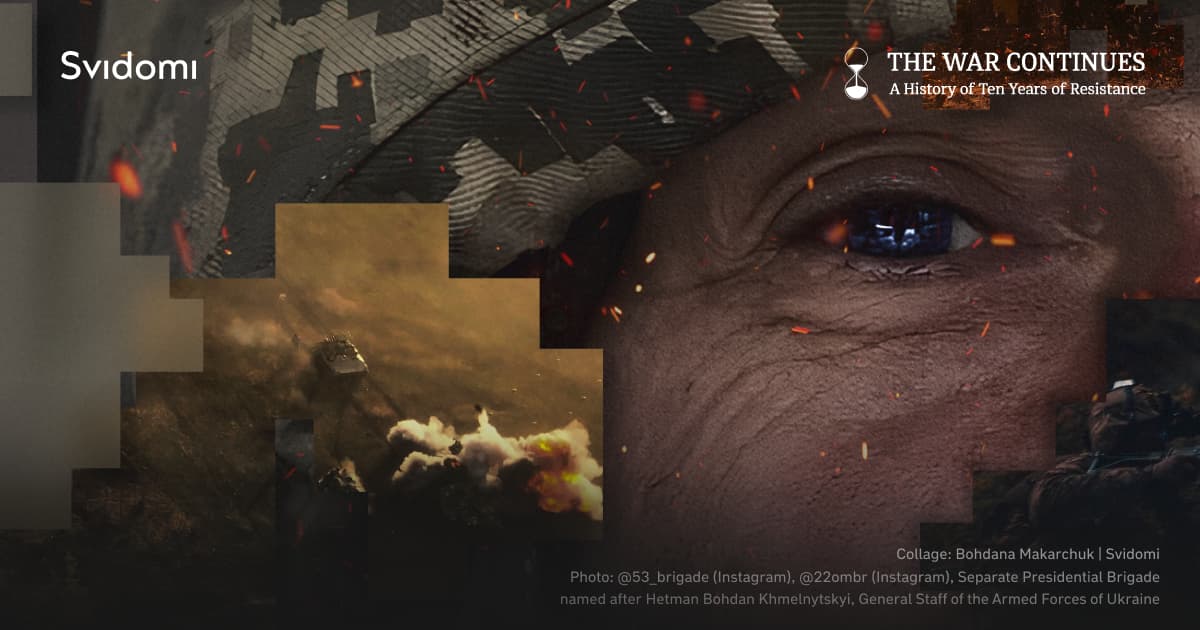
As of 2023, 94% of Ukrainians trust the Armed Forces of Ukraine. Since 1991, the Ukrainian Armed Forces have been transforming, as have all of the country's law enforcement agencies. Over the past three decades, the Armed Forces have gone from decline and massive downsizing to revival in the face of war and full-scale invasion.
This article describes how the Armed Forces have changed over the past 32 years of independence, how the war has affected them and what can be expected in the future.
This article was published as part of the special project 'The War Continues: A History of Ten Years of Resistance'.
Formation and development of the Armed Forces of Ukraine
On August 24, 1991, the Verkhovna Rada adopted a resolution "On Military Formations in Ukraine", launching the beginning of forming the Armed Forces of Ukraine as an important state institution. After the collapse of the Soviet Union, Ukraine became the third-largest nuclear power in the world, with 180 intercontinental missiles with nuclear warheads. The Strategic Air Force consisted of 21 TU-95MS bombers and 19 TU-160 bombers with a warhead of up to 500 nuclear-capable cruise missiles.
"At the beginning of the formation of the Ukrainian army, the Armed Forces of Ukraine were part of the USSR armed forces. Some formations continued to be subordinated to the Russian Federation as the successor to Soviet power. In particular, these were strategic missile forces," says military historian and head of the Ministry of Defence's internal communications expert group Vasyl Pavlov.
On July 16, 1990, the Verkhovna Rada approved the declaration of nuclear non-proliferation, and Ukraine pledged to export nuclear weapons to Russia for dismantling. On June 1, 1996, there was no single nuclear warhead or ammunition left in Ukraine.
In 1992, the Verkhovna Rada ratified the Treaty on Conventional Armed Forces in Europe (CFE). This document limits the amount of military equipment and weapons available to signatory countries.
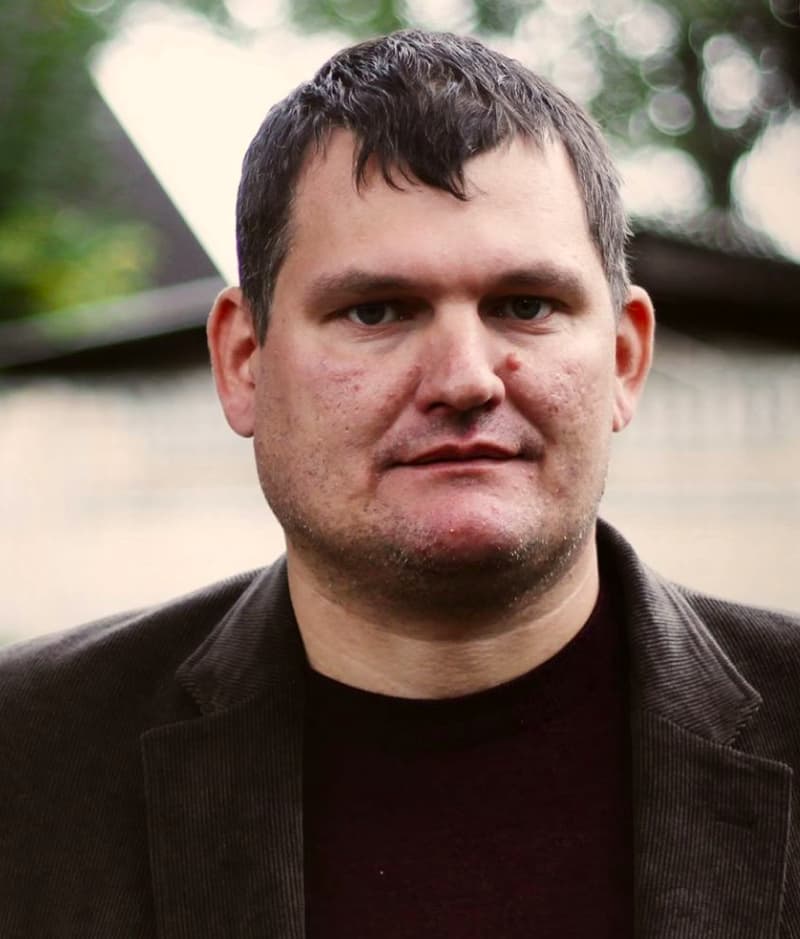
"Until now (the signing of the CFE Treaty — ed.), Ukraine had the largest number of weapons and military equipment. In addition to the existing ones, we also received the return of the USSR military complex, which had not previously been on the territory of the Union,"
says Vasyl Pavlov.
After the treaty was signed, the post-Soviet states distributed quotas for the maximum number of military equipment. If, in mid-1991, the Armed Forces had 9,000 tanks, then it was 5,300. Ukraine was also obliged to get rid of 477 combat aircraft.
The conditions were met, and as a result a large number of weapons were exported or simply written off and destroyed. Between 2005 and 2014, military equipment worth almost 3 billion UAH was sold. It included 832 tanks, 202 aircraft, 232 helicopters and about 28,500 rocket and artillery weapons.
"The equipment was sold not only to Europe and Asia. It was also transferred to African countries," Pavlov explains.
Later, the Verkhovna Rada approved the Concept of Defence and Construction of the Armed Forces of Ukraine. According to it, the Armed Forces were to consist of four branches: the Land Forces, the Air Force, the Air Defence Forces and the Navy.
Problems with the number of military personnel
As of 1991, the number of military personnel was almost 800,000, and the total staff of the Armed Forces, including civilian specialities, was nearly 1 million.
However, since 1992, the Ukrainian army has been reduced in size. The government explained this step as "optimisation" and "reform". In 1993, the government adopted a decree "On the general structure, size and logistical support of the Armed Forces of Ukraine".
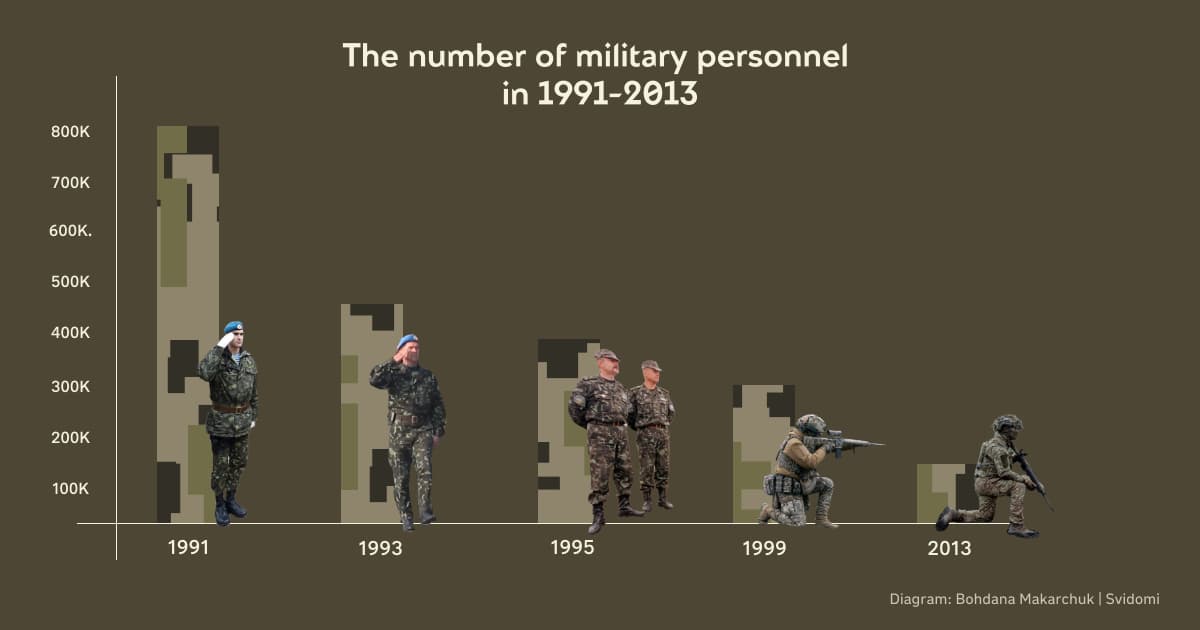
At that time, the number of service members was 455,000. After the disbandment of some units and the improvement of the organisational and staffing structure, the army consisted of 400,000 soldiers as of the end of 1995. Three years later, the number was 320,000, and then about 300,000.
In 2001-2005, about 16,000 organisational measures were taken to restructure the Armed Forces. As of the end of 2005, the total number of army personnel was 245,000.
When Viktor Yanukovych came to the presidency in 2010, the collapse of the Armed Forces accelerated. By the end of 2013, there were only about 120,000 soldiers in Ukraine, and conscription was cancelled.
By the end of 2013, the Armed Forces of Ukraine numbered 165,500 people, including up to 120,900 military personnel.
The beginning of Russia's war against Ukraine in 2014
In the spring of 2014, Russian troops and militants of the illegal armed groups of the "LPR" and "DPR" began hostilities in the east of Ukraine. At the beginning of the anti-terrorist operation, the Armed Forces units did not have enough weapons and equipment, and the army was poorly trained.
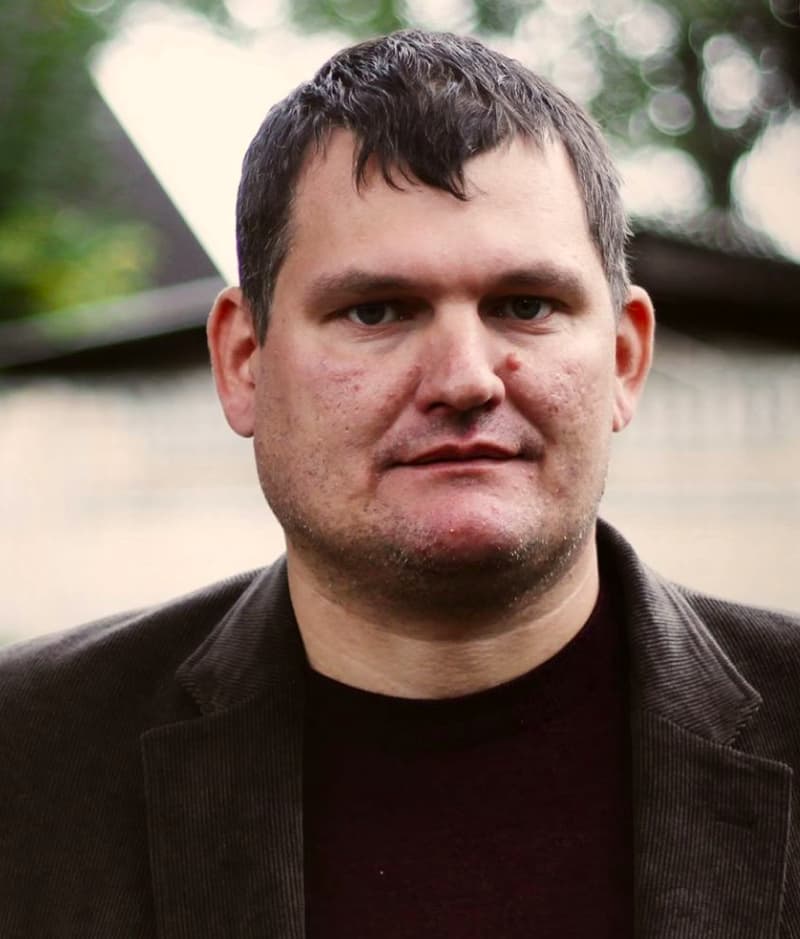
"Due to the constant sale of equipment and its reduction, the lack of appropriate military equipment became one of the challenges at the beginning of Russia's war against Ukraine. In particular, some of the equipment was outdated, so it took time to restore and repair it,"
says military historian Pavlov.
The Ministry of Defence has raised the social status of military personnel in society by restoring previously suspended social guarantees and benefits and granting special rights to citizens. The status of combatants was regulated, and benefits were provided for military personnel participating in the anti-terrorist operation.
By the end of 2014, after some organisational measures, the Armed Forces numbered 250,000 people, including 204,000 military personnel.
Due to changes in government policy and the involvement of citizens, the Ukrainian army has regained partial combat. For capability and has become an institution for the defence of Ukrainian statehood.
The armed forces have been reformatted and strengthened through six waves of mobilisation, calling up almost 200,000 soldiers and allowing new brigades and battalions to be formed. The government also reintroduced conscription and created a new type of troops, the Special Operations Forces.
The war forced the government to rebuild the defence industry, which had declined during the years of reform and military downsizing. A series of explosions at ammunition depots in 2016 and 2017 exacerbated the situation. For example, a fire broke out in Balakliia, Kharkiv region (bordering Russia to the east — ed.), due to sabotage at an ammunition depot.
In 2015, Ukraine's National Security Strategy, a new version of Ukraine's Military Doctrine and the Concept for the Development of the Security and Defence Sector, was adopted. Ukraine set a course for European integration for the first time and announced its intention to join NATO.
In 2015, the Armed Forces of Ukraine restored their combat capability. They gained combat experience, operational capability, and the necessary level of technical equipment and material support in the anti-terrorist operation.
Since the beginning of the anti-terrorist operation, the Armed Forces of Ukraine have formed 15 combat brigades, a regiment, five battalions (divisions), a brigade, six regiments and 11 battalions of operational (combat), logistics and technical support.
Over the years, the army has been constantly evolving. For example, in 2019, the Ukrainian Special Operations Forces were the first of all branches of the armed forces to achieve interoperability with NATO colleagues and are now eligible to join NATO operations.
Full-scale invasion
In 2022, the Ukrainian Armed Forces faced a war on a scale the world had not seen since the Second World War. The Ukrainian army had eight years' experience resisting Russian invasion, so after February 24, it began to apply Western practices on the battlefield, acquiring new weapons and continuing to train.
"In 2022, the army was more trained. The experience of combat operations since 2014 contributed to this. In 10 years, a trained reserve and combat units have emerged," says the military historian, head of the internal communications expert group at the Ministry of Defence Pavlov.
According to Pavlov, there was more equipment in 2022 compared to 2014. Ukraine had experience in rapid response, so the restored equipment at the beginning of the war helped in February 2022.
One of the most visible changes is that the number of military personnel has increased significantly. According to data provided by President Zelenskyy in 2023, there are currently around 880,000 people serving in the army.
The large-scale invasion and successes of the Ukrainian military have accelerated the supply of weapons from Western partners. The arsenal of the Ukrainian army has been replenished with modern weapons on an unprecedented scale, from drones to advanced air defence systems such as NASAMS, IRIS-T, and Patriot.
Production of weapons in Ukraine
Ukraine has been modernising the production of armoured vehicles, in particular at the Kharkiv Armoured Plant in the east of Ukraine. Ukraine has also updated Soviet models of Su-27 and MiG-29 aircraft.
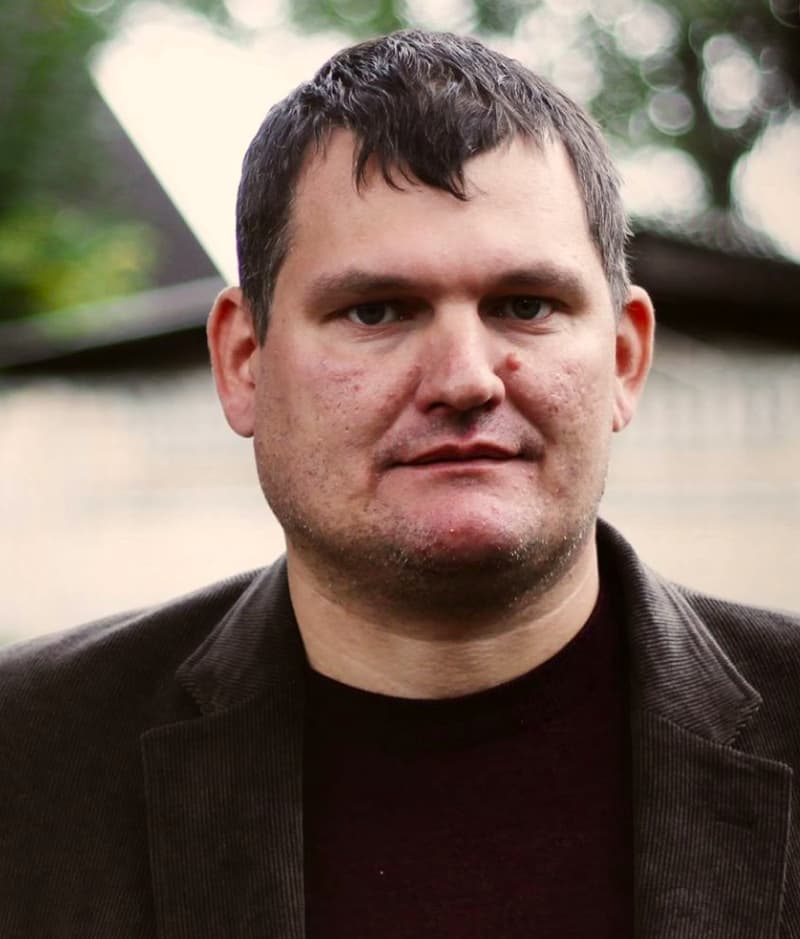
"Ukraine inherited a powerful military-industrial complex from the USSR. However, Soviet production was not concentrated in one territory but also in many countries. Therefore, after regaining its independence, Ukraine was still unable to produce much due to limited resources and the process that was set up accordingly,"
says Vasyl Pavlov.
On April 13, 2022, the Russian cruiser Moscow was destroyed by two missiles from the Neptune missile system. This missile system was presented at the Arms and Security 2015 exhibition in September 2015 as an example of Ukrainian military weapons.
"Before the supply of Western weapons, Ukraine mostly had Soviet-style equipment and weapons or modernised Soviet equipment. In particular, this applies to air defence systems and armoured vehicles," the military historian notes.
Currently, many military factories in occupied or near-frontline territories cannot operate due to security measures. However, the state-owned Ukrainian Defense Industry (Ukroboronprom) increased its arms production by 92% during the year of the full-scale invasion. Despite the constant missile threat, state-owned enterprises are exceeding production targets. Production of new types of weapons has begun: self-propelled artillery, ammunition, kamikaze drones, etc.
Domestic enterprises produce several analogues of Russian Shaheds. For example, as part of the Black Box project of the Come Back Alive Foundation, private companies are assembling kamikaze drones that have caused $900 million in damage to Russia. Ukrainian Defense Industry (Ukroboronprom) has launched mass production of the Lutyi UAV.
In particular, at the end of 2023, Volodymyr Zelenskyy announced the production of one million drones in Ukraine by 2024.
De-Sovietisation of the Army
After the start of Russia's war against Ukraine, the Ukrainian Armed Forces abandoned Soviet symbols, ranks and even salutes. Instead of "Hello, comrades" (as in the Russian army — ed.), the Ukrainian army has been saying "Slava Ukraini — Heroiam Slava" ("Glory to Ukraine — Glory to the Heroes") since 2018. In early 2021, all ranks were converted to NATO standards. It was also proposed to introduce a new form of address for the military: instead of "comrade", they use "sir" with the addition of a military rank.
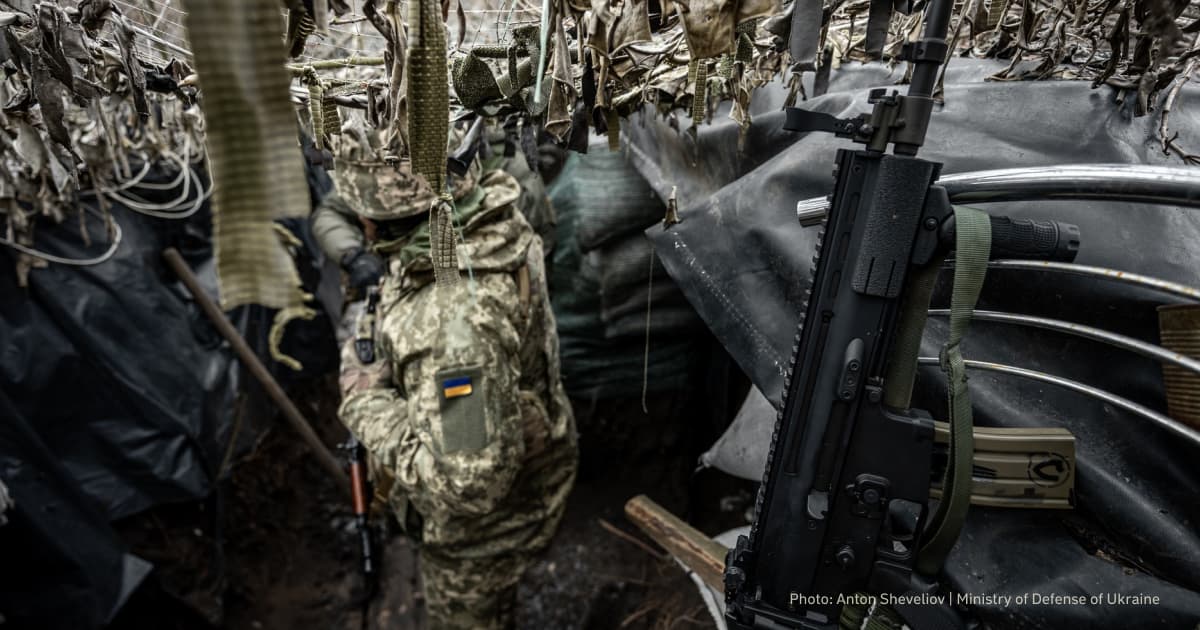
Vasyl Pavlov is convinced that the formula "decommunisation + de-Sovietisation + de-imperialisation" is an essential component of the Armed Forces reforms. However, he notes that de-Sovietisation is not only about the army but also about the whole society, which is also post-Soviet. According to him, it is vital to eradicate Soviet habits from all spheres of life, and then they will disappear in the army.
"The principles of governance dictated by military experience have changed. Ukrainians have stopped thinking in terms of World War II — war by fronts and corps, etc. Each brigade strives to be a small army and is capable of solving problems in its area of responsibility," explains Oleksandr Musiienko, head of the Centre for Military Legal Studies.
The experience of the Ukrainian Army for others
The world faces a challenge to restore and build the military-industrial complex and increase equipment production, shells and ammunition. In the context of the ongoing war in Ukraine, not all countries can quickly replenish military stocks and modernise equipment. According to the historian, the population must prepare for a long-term war.
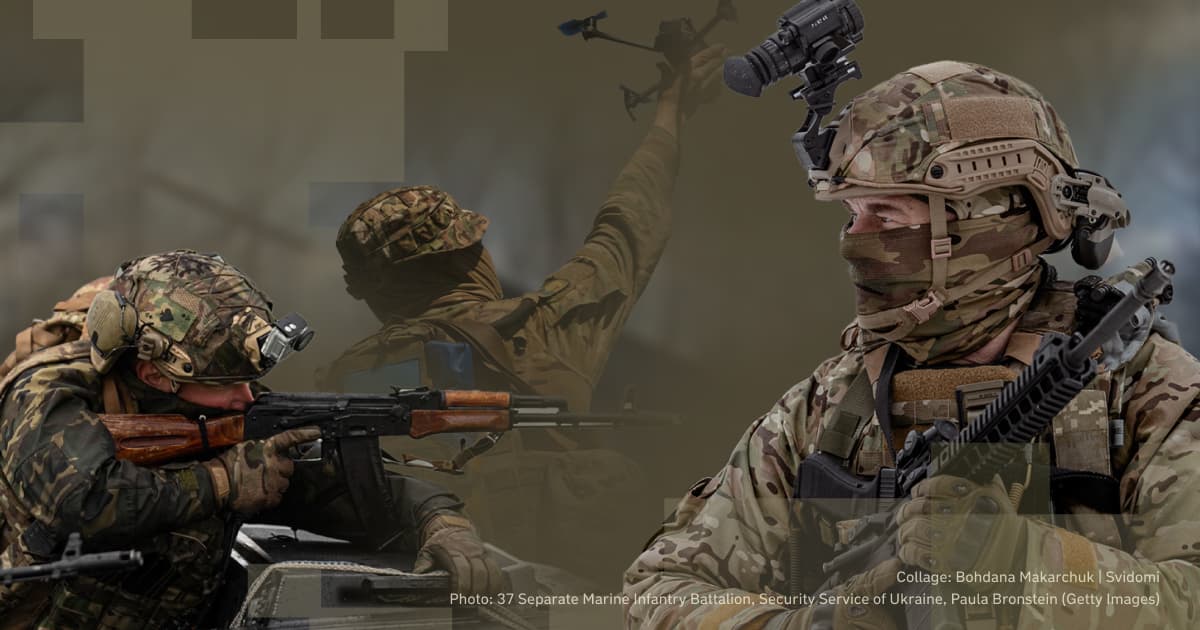
"Society has to change. The main challenge during the war is not only for the army but also for society. It applies to the whole world. No one has seen or expected a war like the one in Ukraine for a long time. No one could have predicted the scale of the needs of this war. Even prepared countries will not always be ready to repel potential enemy attacks," the military historian said.
The Armed Forces of Ukraine, which have modernised and learned during decade-long Russia's war against Ukraine and two years of full-scale invasion, will become an example for the world to learn from to avoid future potential military threats, says Vasyl Pavlov.

